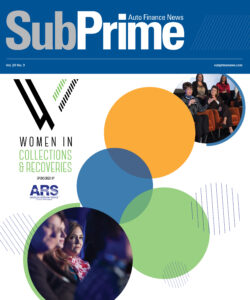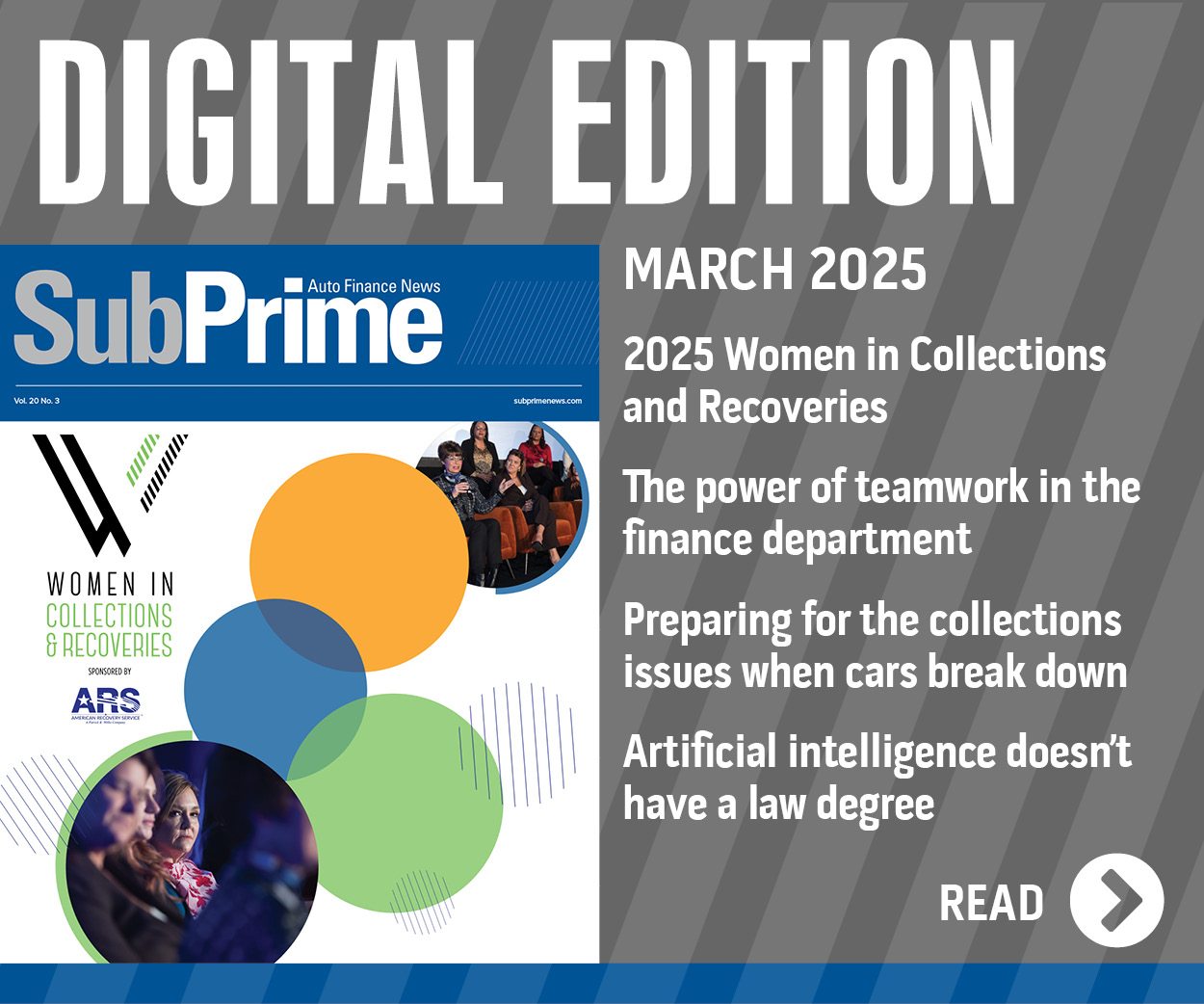EFG Companies reveals 4 predictions about F&I and other dealership activities in 2020

On Wednesday, four leading executives from EFG Companies made their 2020 predictions and recommendations for the retail automotive and powersports F&I markets.
With what they see as potentially another flat year on the horizon, the EFG leaders predicted that the biggest changes will revolve around process improvements to better compete with industry disruptors and capitalizing on changing consumer purchasing habits.
Over the last few years, EFG acknowledged the auto industry has seen a significant number of disruptors enter the retail automotive space, from ride-hailing services like Uber and Lyft, to companies challenging the way people purchase vehicles, like CarMax and Carvana.
Now, the industry is at the beginning of a re-alignment with these disruptors and evolving consumer purchasing habits, according to the EFG leaders.
“The pace of change affecting the auto retailing industry today is unprecedented. However, it’s important to remember that the goal of the dealership hasn’t changed,” the company said. “The goal is still to sell vehicles profitably. The primary challenge facing dealers today is evolving their retailing process to capitalize on changing consumer habits.”
Utilizing its 40-year history in the F&I industry, EFG Companies offered the following predictions:
Online sales
“Consumers have been driving the need for dealers to invest in online sales models for the last few years. However, the technology just wasn’t there. We’re on the brink of automotive retail technology catching up with consumer demand. I believe over the next few years, we will see dealers more heavily invest in an online sales model. Aside from the logistics of completing a purchase online with the right technology solutions, the role of the BDC will change, hiring and training will change, and data security and fraud prevention will be top of mind.
—John Pappanastos, president and chief executive officer of EFG Companies, who elaborated more about his projections in this online video
Service drive investment
“On the service side, dealers have come to the realization that they need a different type of service advisor. Going forward, salesmanship needs to enter the mix of service manager requirements. The agents we work with are training service managers to answer the question, ‘Why get your work done with my dealership?’ This is a shift in mindset that requires ongoing training, pay plan changes, and creative customer service value-adds, such as door-to-door pickup and delivery, price matching on tires, and complimentary services. It includes streamlining basic services, like oil changes, to keep customers moving. And, it includes tech upgrades in the service center for advisors to provide more transparency and to communicate with customers in the manner in which they want to be communicated. A great example of this is the rise of sending customers video inspections of their vehicles.”
—Adam Ouart, vice president of agency services
Finance and lease creativity
“Over the last several years, dealers and auto lenders have pushed the boundaries of auto lending. We’re now seeing terms as long as 72 months, but auto payments still average more than $400. These boundaries were pushed to lessen monthly payments and make more expensive cars more accessible. However, that clearly isn’t working. If it was, used cars would not have such a strong market position across all credit tiers. Going forward, we can expect dealers to find creative ways to shorten terms and trade cycles. We’ll see more lease options with more granular terms to match consumer buying and driving habits. This need is also driving the rise of subscription-based models in the dealership.”
—Brien Joyce, vice president of specialty services
Five-year outlook
“Dealerships probably won’t look much different than now. The biggest changes dealers will have to make will be cultural and process-oriented. The first priority of all dealerships is to provide an exceptional customer experience. While this isn’t new, the stakes are higher. Going forward, dealers will have to adjust their sales model to enable customers to purchase their vehicle based on their own personal preferences, whether that’s online, over the phone, or in the showroom. To incentivize more foot traffic, dealerships will become more attractive places to visit. You’ll see greater concierge services, like vehicle delivery and pickup, and the dealership will become a place that allows the dealer to build a community.
—John Stephens, executive vice president of EFG Companies

 View The Latest Edition
View The Latest Edition

